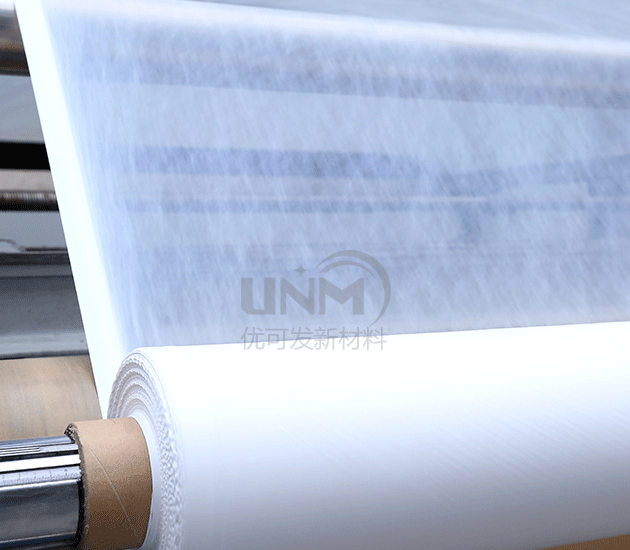The large-scale operation of hydrogen fuel cell vehicles requires a durable and reliable hydrogen fuel cell system, which is inseparable from the core component of the fuel cell –polytetrafluoroethylene Ethylene proton membrane.

Proton exchange membrane is the core component of PEMFC. First of all, it is an insulator that acts as a separator to separate the cathode and anode, preventing the battery from short-circuiting and preventing direct contact between hydrogen and oxygen. Secondly, it is a proton conductor that can transport H⁺ generated by the anode to the cathode, providing the H⁺ required for the cathode reduction reaction, thereby forming a loop in the battery.
As a key component of fuel cells and electrolyzers, proton exchange membranes need to have good proton conductivity and low proton conductivity. The current mainstream proton exchange membrane solution is all-inclusive. Fluorosulfonic acid proton exchange membrane is composed of a fluorocarbon main chain and an ether branch chain with a sulfonic acid group. The advantages of the perfluorosulfonic acid proton membrane are high mechanical strength, good chemical stability, high electrical conductivity, high current density at low temperatures, and low proton conduction resistance; but the disadvantage is that the proton conductivity becomes worse as the temperature rises, and chemical degradation is prone to occur , the cost is also higher.
Proton exchange membrane fuel cells have the advantages of low operating temperature, fast start-up, high specific power, simple structure, easy operation, etc., and are recognized as electric vehicles, stationary power generation An important source of energy for the station. Inside the fuel cell, the proton exchange membrane provides a channel for the migration and transport of protons, allowing the protons to pass through the membrane from the anode to the cathode, and form a loop with the electron transfer of the external circuit to provide current to the outside world. Therefore, the performance of the proton exchange membrane plays an important role in the performance of the fuel cell. Performance plays a very important role, and its quality directly affects the service life of the battery.
The polytetrafluoroethylene proton membrane produced is the core material of the fuel cell, polytetrafluoroethylene proton membrane strong>It has the advantages of high tensile strength, high conductivity, good chemical properties and so on. After composite reinforcement with PTFE reinforced mesh, the strength is greatly improved and the swelling rate is lower. Interested parties are welcome to enter the store and consult us.
</p







